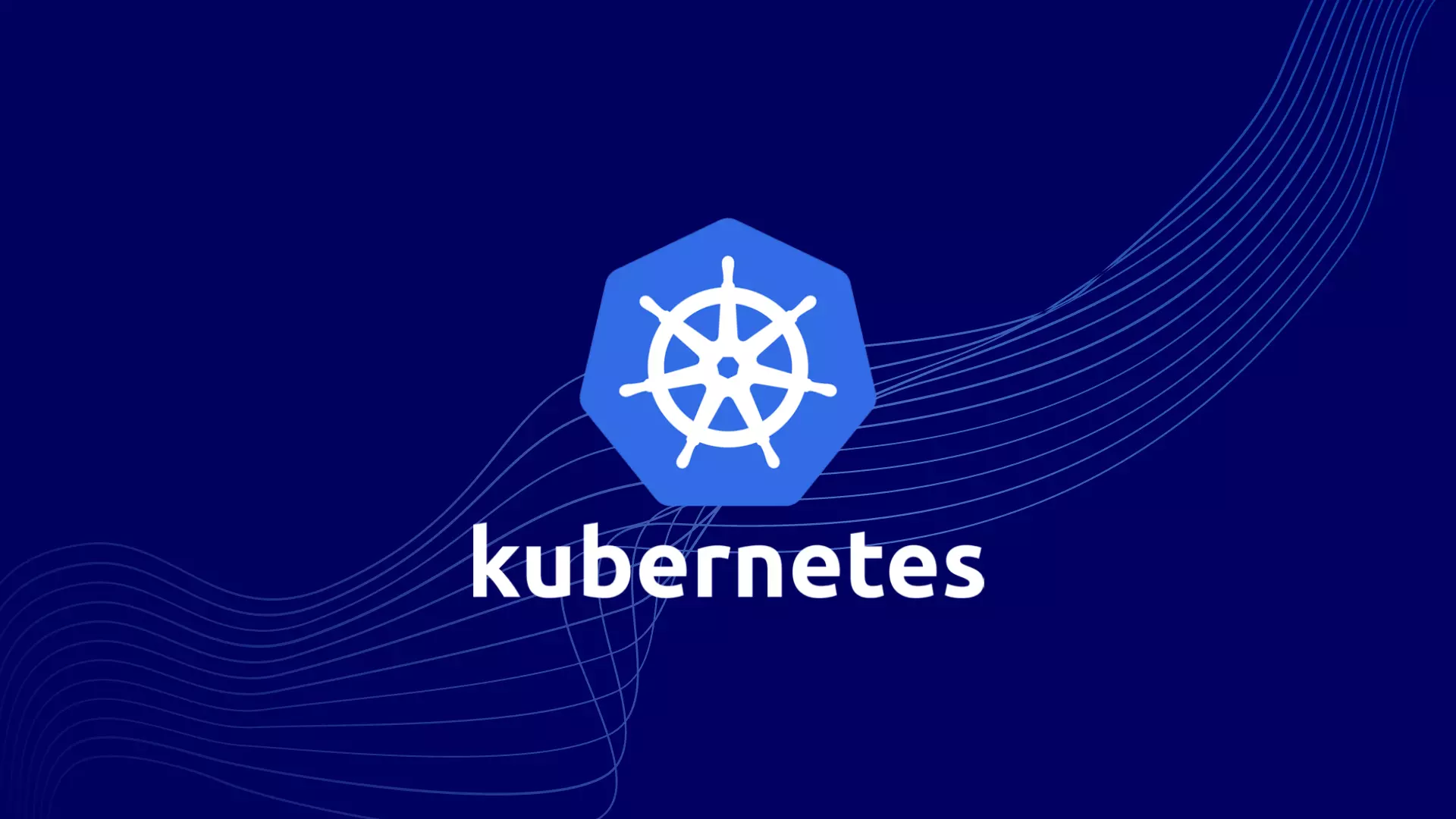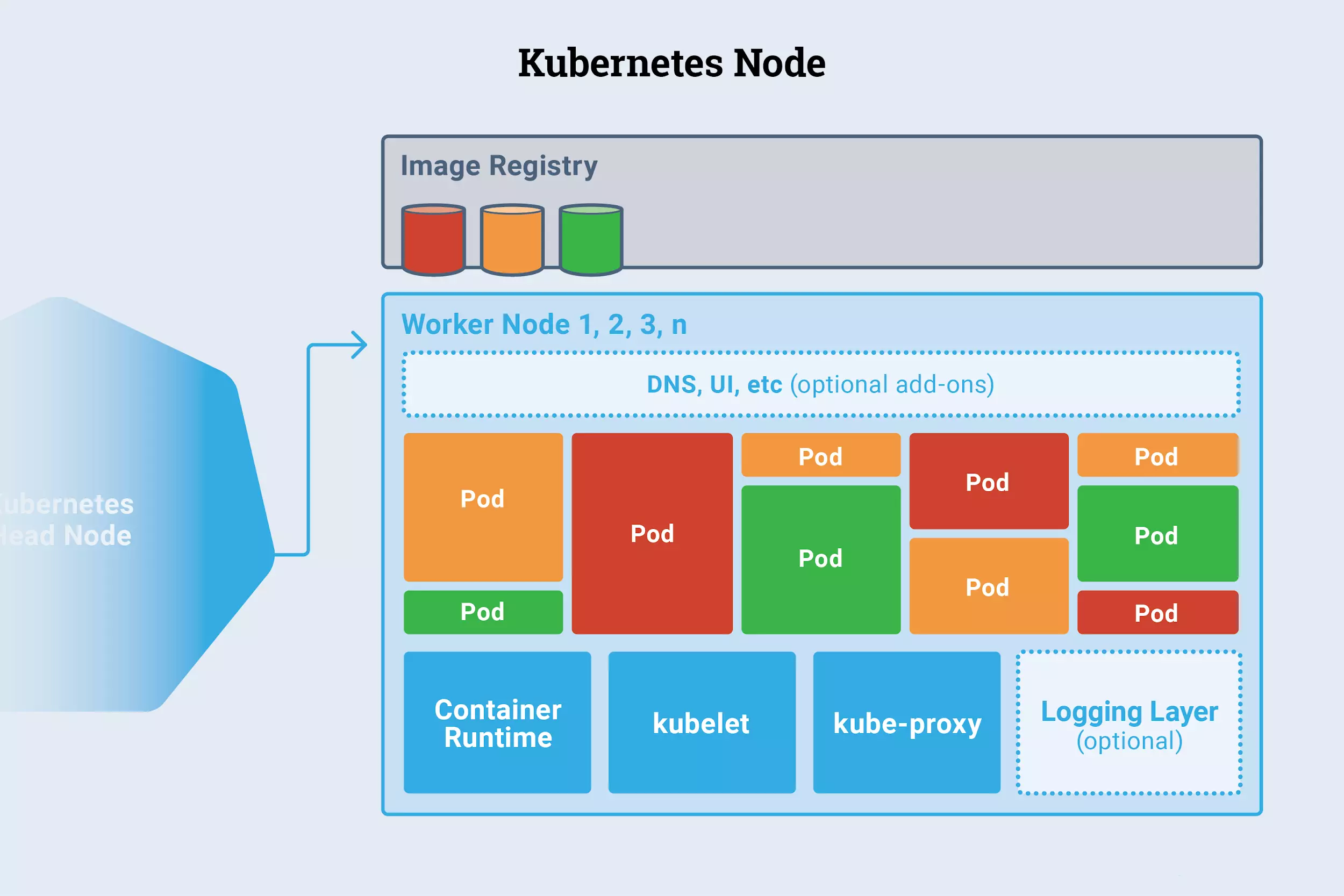
Kubernetes is a container orchestration platform that automates the deployment, scaling, and management of containerized applications. This tool is designed to solve the challenges of large-scale container deployment. The containers themselves are light and portable and easy to use. However, managing them on a large scale can be challenging. By providing a unified platform, Kubernetes automates many tasks related to container management and solves problems related to their scalability.
Kubernetes has become an essential tool in the cloud. This tool provides a consistent way to manage containers in different environments, from development to deployment. With Kubernetes, developers can focus on writing code and let the platform handle the deployment and management of containers. Kubernetes also offers several advantages, including:

Kubernetes creates a collection of nodes under a cluster. Each node runs one or more containers, and Kubernetes manages the deployment and scaling of those containers. When a new container is deployed to the cluster, Kubernetes creates a pod. A pod is the smallest deployment unit in Kubernetes and consists of one or more containers.
Kubernetes also offers other features, including:

Kubernetes and container systems have revolutionized application deployment and distribution by providing a standardized and portable solution for preparing and running applications. This has enabled developers to write code once and deploy it on any platform, automate deployment and management, scale applications up and down on demand, benefit from high availability and ensure the availability of resources and adopt modern application architectures. These improvements have resulted in faster, more efficient and more reliable deployment and distribution.
To learn Kubernetes, you need to have a general understanding of container systems such as Docker. Kubernetes is designed to work with containers, so if you're familiar with containers, reading about Kubernetes will be invaluable.
To learn and study, you can use the official documentation on the Kubernetes website.

I am Reza Babakhani, a software developer. Here I write my experiences, opinions and suggestions about technology. I hope that what I write is useful for you.
leave a comment